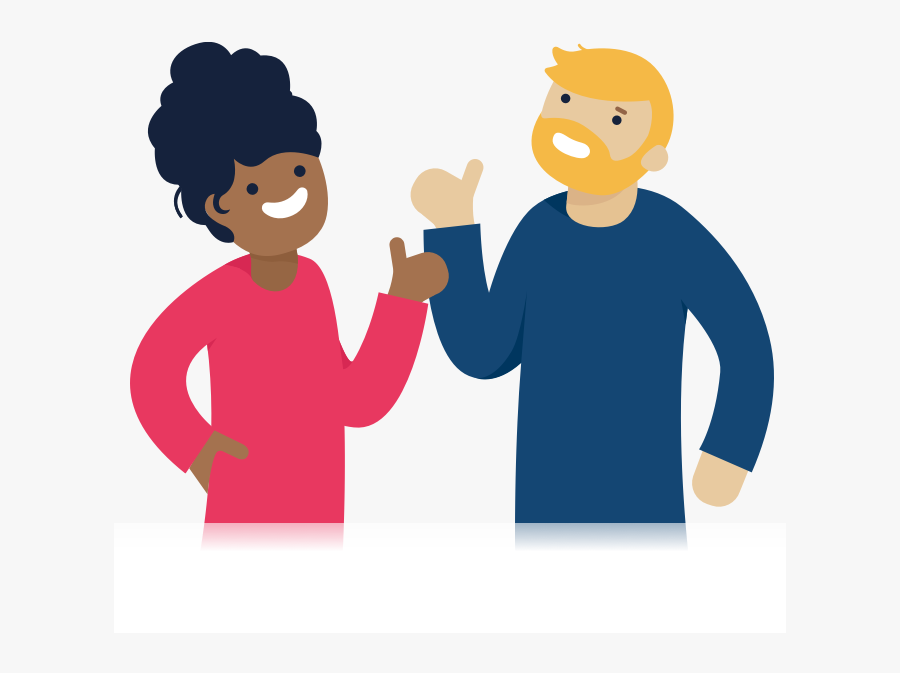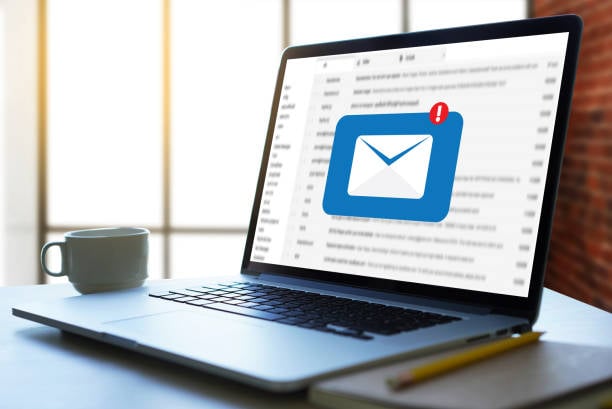This summer I worked at Unity For Equality, a nonprofit organization that helps communities, youths and even people overseas who lack homes. At Unity for Equality, I created a multitude of multimedia projects. My first project was creating a brand guidelines for the company. When it comes to the brand guidelines, work must be original in that it isn’t copied from another brand or individual’s work in anyway. Within the AIGA’s Guide to Copyright, “work must be original and creative to be copyrightable.” Because I was not the designer who created the logo, this applies to their logo’s conception because it is creative and represents their company. I asked for .png files of the logos, symbols and previous designs to see what the aesthetic of Unity For Equality was.
My second project involved photography. In AIGA’s chapter on Use of Photography, they make it clear that photographers must be credited for their work even if the license to use was purchased. More specifically, “the photographer owns the opportunity to use or sell the image in all other uses, unless he or she sells the copyright in writing prior to the photoshoot.” Unity For Equality does not have photographers or a database to choose from. When I asked I was told to find free to use photos and I did so using Unsplashed.com where the photographers don’t mind the lack of purchase. At the same time, when delivering the file, it wouldn’t be wrong to tell my supervisor who took specific photos as a courtesy note as there is no place on the design to add it in.
I did not have to sign an NDA for my position, but I do know insight about the company that if leaked could help their competition. According to “Professional Ethics in Graphic Design” an article by Christopher Simmons, there’s an unwritten form of NDA when you’re in a position where you know inside information on the company. Doing something as simple as letting friends and family know about the projects you are working on could speak danger for the company. Ethically, all information is confidential and should not be shared to outsiders. In this article, it is said that even creating public Pinterest boards could expose a company’s ambition indirectly. Social media goals and aspirations as well as future projects being talked about is ethically wrong to disclose to those outside of the company.
After reading the AIGA chapters, I realized a lot of carelessness can be a result of infringing on copyright. It is much more than just credit, its understanding how to credit and what kind of license you’ve purchased from an artist. This license dictates what you can’t and can’t do with their work. There’s a huge misconception that buying art is plain and simple when in reality there are terms to protect both the artist and client from misunderstandings in the future, or if the work turns out to be successfully used commercially.
“Design Business and Ethics.” AIGA, www.aiga.org/design-business-and-ethics.
Ethics Assignment Part 2
I have used other’s work for inspiration, but never to create a replica of what they have done. For instance, to get an idea of what corporate calendars look like, I made a Pinterest board with common themes that showed the most important elements. When I use to draw, I would reference poses, but never for profit. In my personal projects that are graphic heavy, I use photos taken by other people, I don’t credit them, but now I know it is important to even If I don’t profit off of these photos or models, I’m simply experimenting. Not to mention the rights to the photos I use are unclear and therefore crediting would be a great courtesy movement and let others who view my work know that I do not have a hand in the art direction in the photos.
I don’t believe the Fairey Copy Right case’s outcome was fair even though they settled out of court. What Fairey did was use another artist’s work to create a poster that elevated his status as an artist to which he directly profited from without giving the appropriate credit or compensation to the artist whose photo he edited in a myriad of ways. I don’t think editing takes away an artist’s ownership of a work, especially when without the coloring it was still recognizable as that artist’s work. He use many techniques to obscure the photos and even referenced other photos in the process before ultimately settling on one artist and not crediting. I think the situation would have been different if Fairey did not profit off the art, and if it hadn’t become so sensationalized–– which isn’t his fault, this is the purpose of art, but at the same time it really played a role in the original artist wanting credit.
“Design Business and Ethics.” AIGA, www.aiga.org/design-business-and-ethics.
Scott, Mac. “Obama Hope Poster – Shepard Fairey (2008).” Medium, FGD1 The Archive, 6 Nov. 2017, medium.com/fgd1-the-archive/obama-hope-poster-by-shepard-fairey-1307a8b6c7be.












